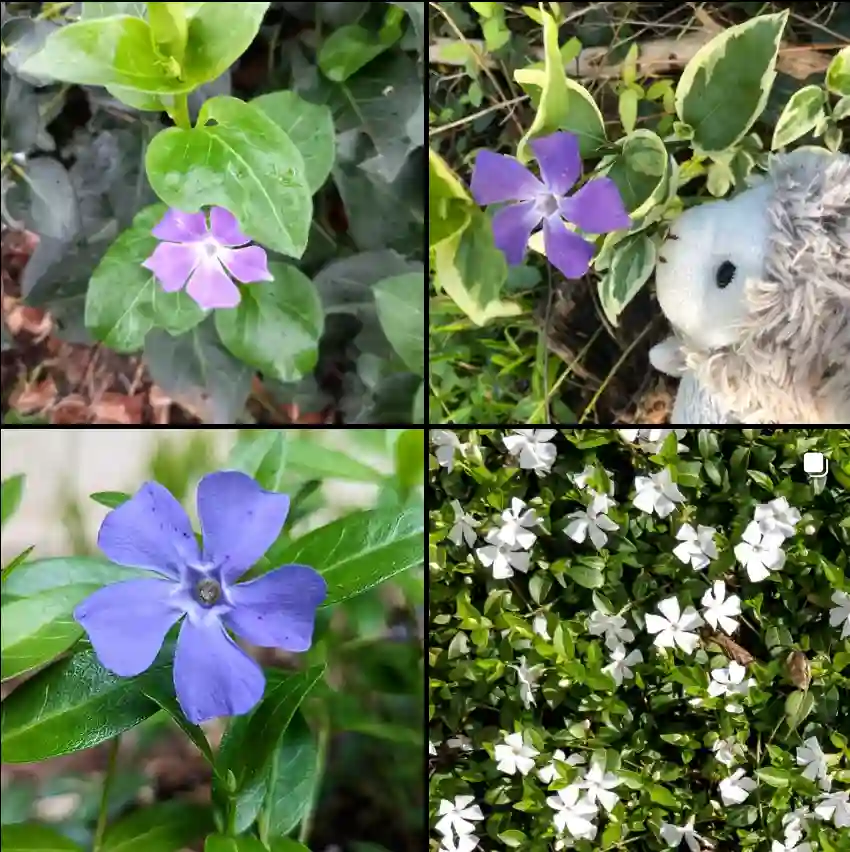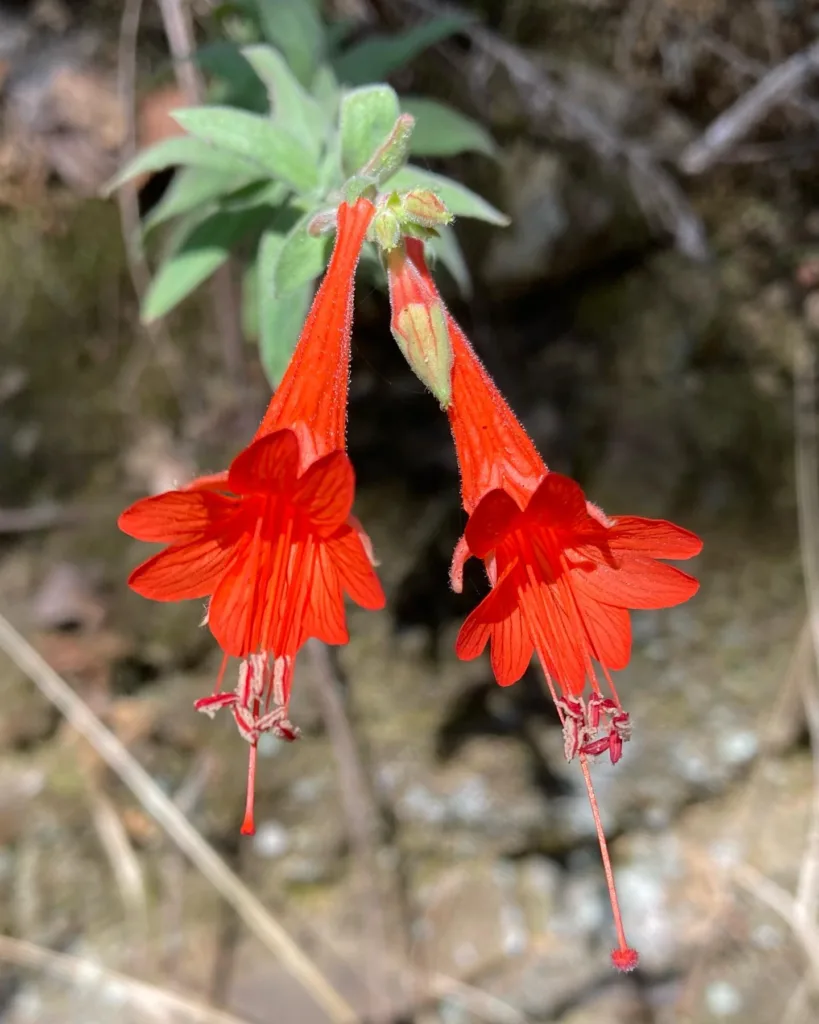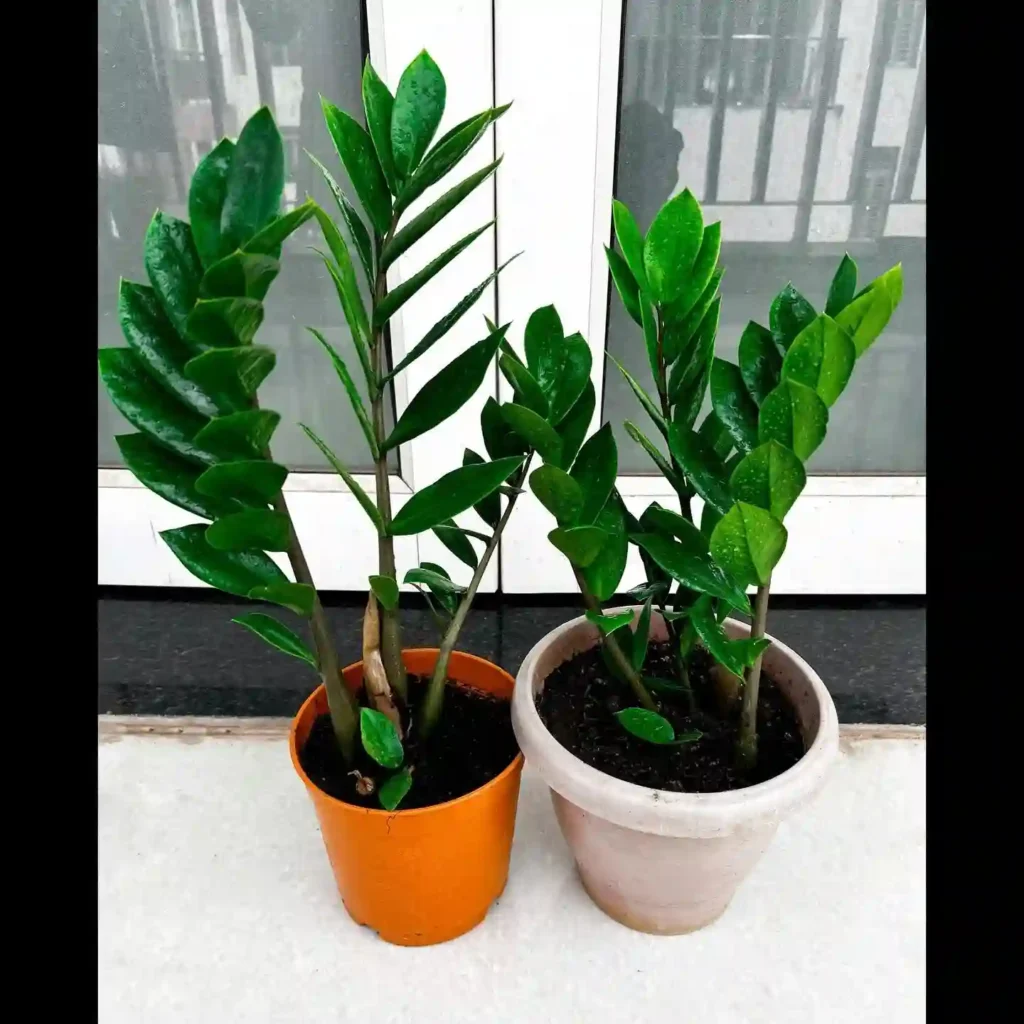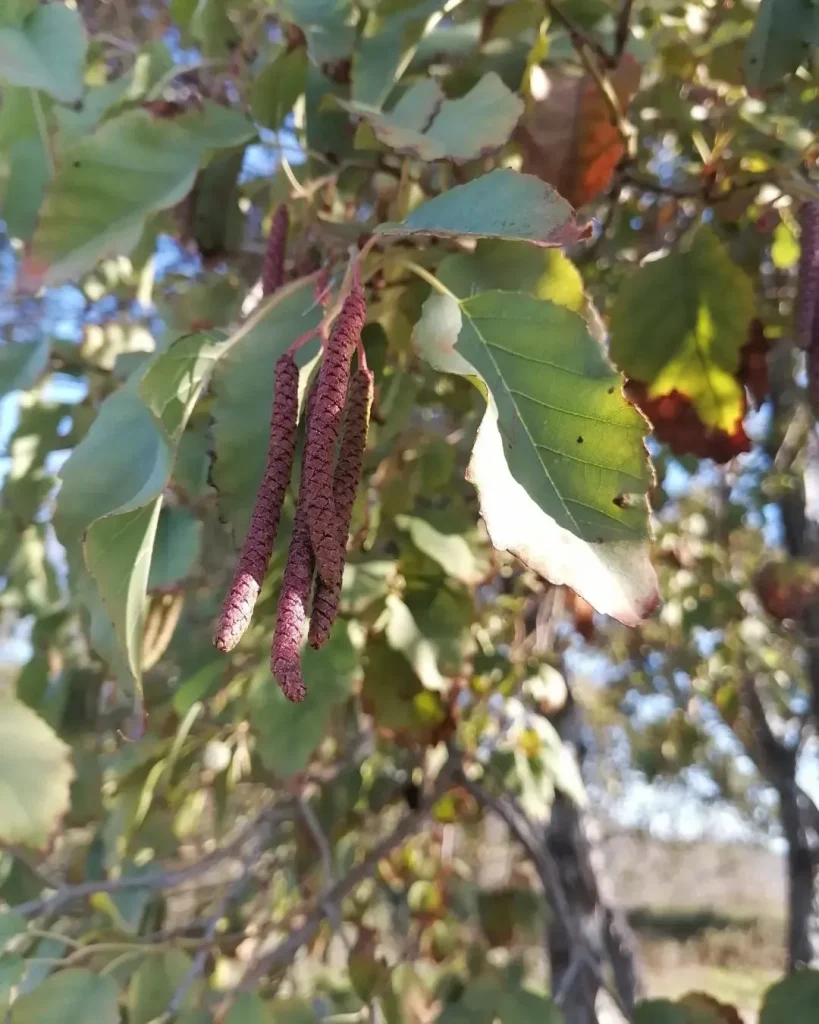FAQs About Gutierrezia Sarothrae
When I first stumbled upon Gutierrezia Sarothrae, I was intrigued by its hardy nature and the unique charm it brings to a garden. This plant, commonly known as Broom Snakeweed, is a standout for its resilience and minimal maintenance needs. If you’re considering adding it to your garden or just curious about this fascinating species, here’s a comprehensive guide based on my experiences and research.
What is Gutierrezia Sarothrae?
Gutierrezia Sarothrae is a perennial herb belong to the Asteraceae family, native to North America, especially prevalent in the southwestern United States. It thrives in arid conditions and is often found in deserts and dry prairies. Known for its slender, broom-like appearance and bright yellow flowers, it offers a splash of color in otherwise stark landscapes. Its resilience to drought and poor soil conditions makes it a go-to choice for xeriscaping and low-maintenance gardens.
Plant Family: 1720 Genera in Asteraceae
How to Care for Gutierrezia Sarothrae?
One of the reasons I appreciate Gutierrezia Sarothrae is its ease of care. Here’s a straightforward care guide:
- Soil: It prefers well-drained soil, ideally sandy or loamy. Heavy clay soils can lead to root rot, so it’s crucial to ensure good drainage.
- Watering: This plant is drought-tolerant and requires minimal watering once established. I water it sparingly, usually once every few weeks during the hottest months, but it’s pretty forgiving.
- Sunlight: Full sun is ideal. It thrives in direct sunlight, which is essential for its growth and flowering.
- Temperature: Gutierrezia Sarothrae can handle a range of temperatures but is particularly suited to hot and dry climates. It’s hardy in USDA zones 4-9.
- Pruning: Light pruning in early spring helps to remove any dead or damaged stems and promotes healthy new growth.
How to Propagate Gutierrezia Sarothrae?
Propagating Gutierrezia Sarothrae can be an enjoyable process. Here’s how you can do it:
- Seeds: This is the most common method. Collect seeds from the plant once they are fully matured, usually in late summer or early fall. Sow them in a seed tray with well-draining soil and lightly cover them. Keep the soil moist until germination, which typically takes a few weeks.
- Cuttings: Although less common, you can also propagate through cuttings. Take a stem cutting in late spring or early summer, remove the lower leaves, and dip the cut end in rooting hormone. Plant the cutting in a pot with well-draining soil and keep it in a warm, sunny location until roots develop.
What to Plant With Gutierrezia Sarothrae?
Gutierrezia Sarothrae pairs well with various plants, especially those suited to similar dry conditions:
- Desert Marigold (Baileya Multiradiata): Its bright yellow flowers complement the blooms of Gutierrezia Sarothrae and both thrive in arid environments.
- Red Yucca (Hesperaloe Parviflora): The tall, striking blooms of Red Yucca create a beautiful contrast with the low-growing Gutierrezia Sarothrae.
- Penstemon (Penstemon spp.): These hardy perennials come in various colors and can handle the same dry conditions, adding variety and color to your garden.
Is Gutierrezia Sarothrae Toxic?
Gutierrezia Sarothrae is not considered toxic to humans or animals. However, like many plants, it’s best to avoid ingestion, especially in large quantities. I’ve found it to be a safe addition to my garden, even in areas frequented by pets.
Benefits of Gutierrezia Sarothrae
- Low Maintenance: Its drought tolerance and minimal care needs make it an excellent choice for low-maintenance gardening.
- Erosion Control: Its robust root system helps prevent soil erosion in dry areas, making it a valuable plant for stabilizing soil.
- Attracts Pollinators: The bright yellow flowers attract bees and butterflies, enhancing the biodiversity of your garden.
Common Problems with Gutierrezia Sarothrae
Though it’s quite hardy, here are a few issues I’ve encountered:
- Root Rot: This can occur if the soil doesn’t drain well. Ensuring good drainage and avoiding overwatering helps prevent this problem.
- Pest Issues: Occasionally, I’ve seen aphids or spider mites on the plant. Regular inspection and using insecticidal soap can manage these pests effectively.
How Does Gutierrezia Sarothrae Compare to Similar Plants?
When comparing Gutierrezia Sarothrae to other similar plants, here are a few notes:
- Versus Geraea Canescens (Common Name: Gray Desert Cassia): While both plants are suited to arid climates, Gutierrezia Sarothrae has a more upright and broom-like appearance compared to the bushier, spreading form of Geraea Canescens.
- Versus Artemisia Tridentata (Common Name: Big Sagebrush): Both are drought-tolerant, but Artemisia Tridentata is larger and more shrub-like, with a distinct sage aroma, whereas Gutierrezia Sarothrae is more delicate and smaller.
Incorporating Gutierrezia Sarothrae into your garden can be a rewarding experience, offering both beauty and practicality. Its low-maintenance nature and adaptability to dry conditions make it an excellent choice for enhancing your outdoor space.
If i die, water my plants!



